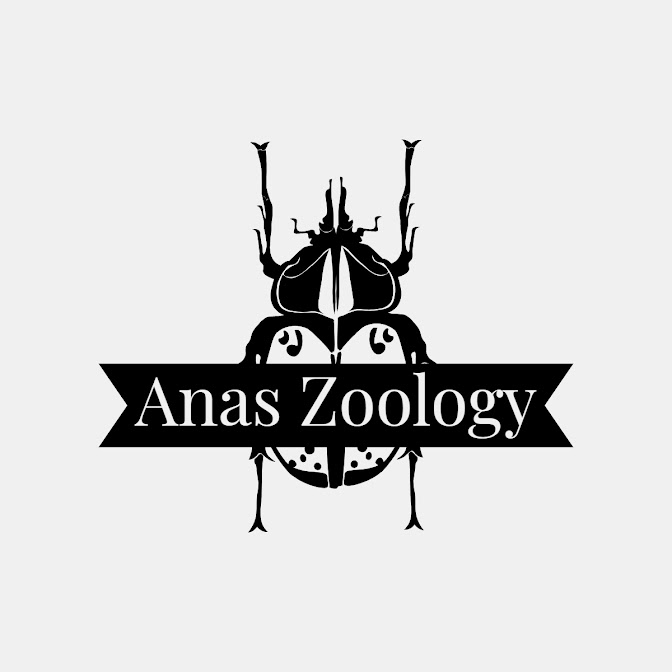DNA Fingerprinting
.png)
An important tool of molecular biology is DNA fingerprinting. It is a way to distinguish individuals as it is unique for every living being (except clones) and cannot be altered by any process. All segments of DNA do not code for protein. Some segments have regulatory function, others are Introns (Interviewing sequence/IVS) still others are repetitive DNA sequences/Mini satellite sequences . The most important segment for DNA fingerprinting are short repetitive nucleotide sequences which vary from person to person. These are also called Variable number tendem repeats (VNTR). To prepare a DNA fingerprint a small amount of saliva/blood/hair/semen or any other cell of the body is required. Steps of DNA fingerprinting are as follows: Extract the DNA from the sample. If DNA is not sufficient, amplify it using PCR i.e. make more copies of DNA using PCR. Cut DNA with restriction endonucleases. The cut segments possess DNA of different length in different individuals called restriction length








